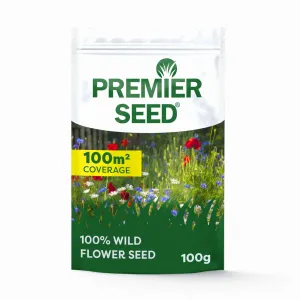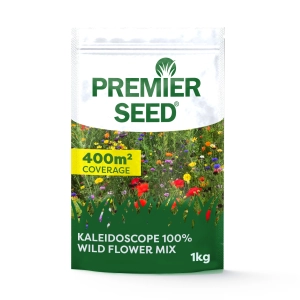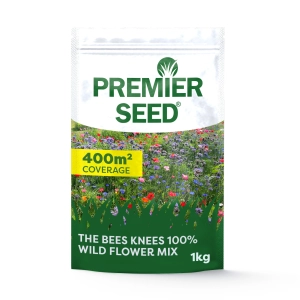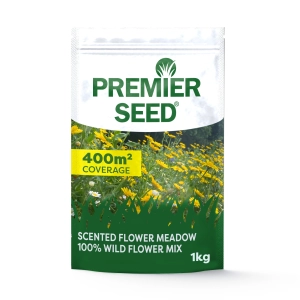When it comes to a wildflower patches, it pays to plan. If you are thinking of sowing wildflower seed next year, you need to consider a few things first:
1. Wildflower gardens sown with a mix of annual and biennial seed will be at their best in the second year. This is because biennial seed plants won’t produce flowers until their second year, so check the mix before you buy.
2. You can sow wildflower seeds in autumn as well as spring, though heavier soils will prefer a spring sowing.
3. Wildflowers prefer unproductive soil, so to get the best wild blooms, you should test your soil type and pH levels. This will allow you to select the right seed type relevant to the available nutrients in your soil.
4. Wildflower beds need a bit of preparation to get them in perfect shape ready for sowing, so think carefully about where your wildflower patch is to be located.
A plan by Jan
Choose your location and create a space for your wildflower garden by the end of January.
Select a shape that will complement your garden space; perhaps a circular wildflower bed will work in harmony with your other beds and borders. Or maybe you want a swathe of wildflower edging to border the front of your property or line a driveway.
Specially formulated wildflower mixes are designed to be sown on their own – for best effect. However, many will look just as good in amongst other plants in your beds and borders.
Just be sure to check the final height of the wildflowers so they don’t get hidden behind bigger plants and flowers and have to compete for moisture.
Most wildflower mixes will produce blooms that will flower for around four months, giving you a colourful display from May /June through to September/October and sometimes longer depending on the mix.
So consider the impact this will have at the height of summer and how it could work with your other planting schemes.
Ground prepped in Feb
In February, you need to start preparing the soil. Once you’ve selected a location and shape for your wildflower garden, you will need to lift and remove any turf as well as eliminate weeds from your new patch.
Remove weeds by hand or use a non-residual systemic glyphosate-containing weedkiller like Roundup Pro Active four to six weeks before sowing.
Dig over the soil to ensure any root material or hidden weed seeds have been removed as best you can.
Depending on the results of your soil analysis, you may need to remove any high quality top soil at this stage too.
Finally, ensure the ground is level, then firm and rake your soil to a fine tilth. Now leave it alone until mid-March to mid-April and observe any plant / weed regrowth, removing any seedlings by hand.
Sow by early spring
Select your wildflower seed and sow according to pack instructions. Read our guide to creating a wildflower meadow for more information.
Keep your new wildflower patch watered and moist while the seeds germinate. Protect seeded patches from birds by using bird netting.
Don’t be tempted to add fertiliser to wildflower meadows as this will usually just encourage foliage to the detriment of blooms.
Now sit back and watch your wildflower patch bloom!












